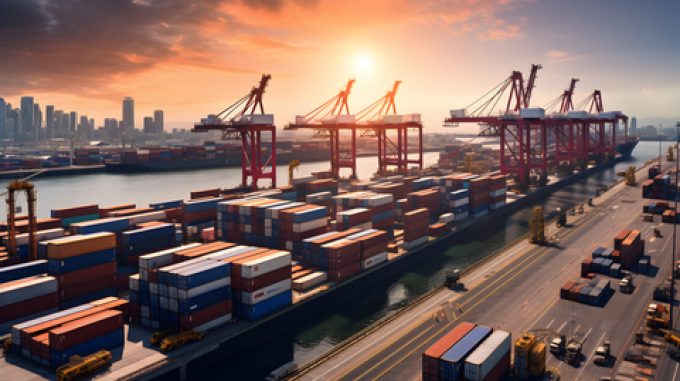More luck than judgment? Top 10 box lines enjoy elusive balance
Something of a sweet spot?

Shipping’s response to the Red Sea crisis is to reduce capacity to an extent far exceeding expectations, leading to a situation in Europe for Asia-Mediterranean traffic not seen since the pandemic, according to some analysts.
According to Xeneta, new transhipment networks, meant to reduce the impact ...

Comment on this article